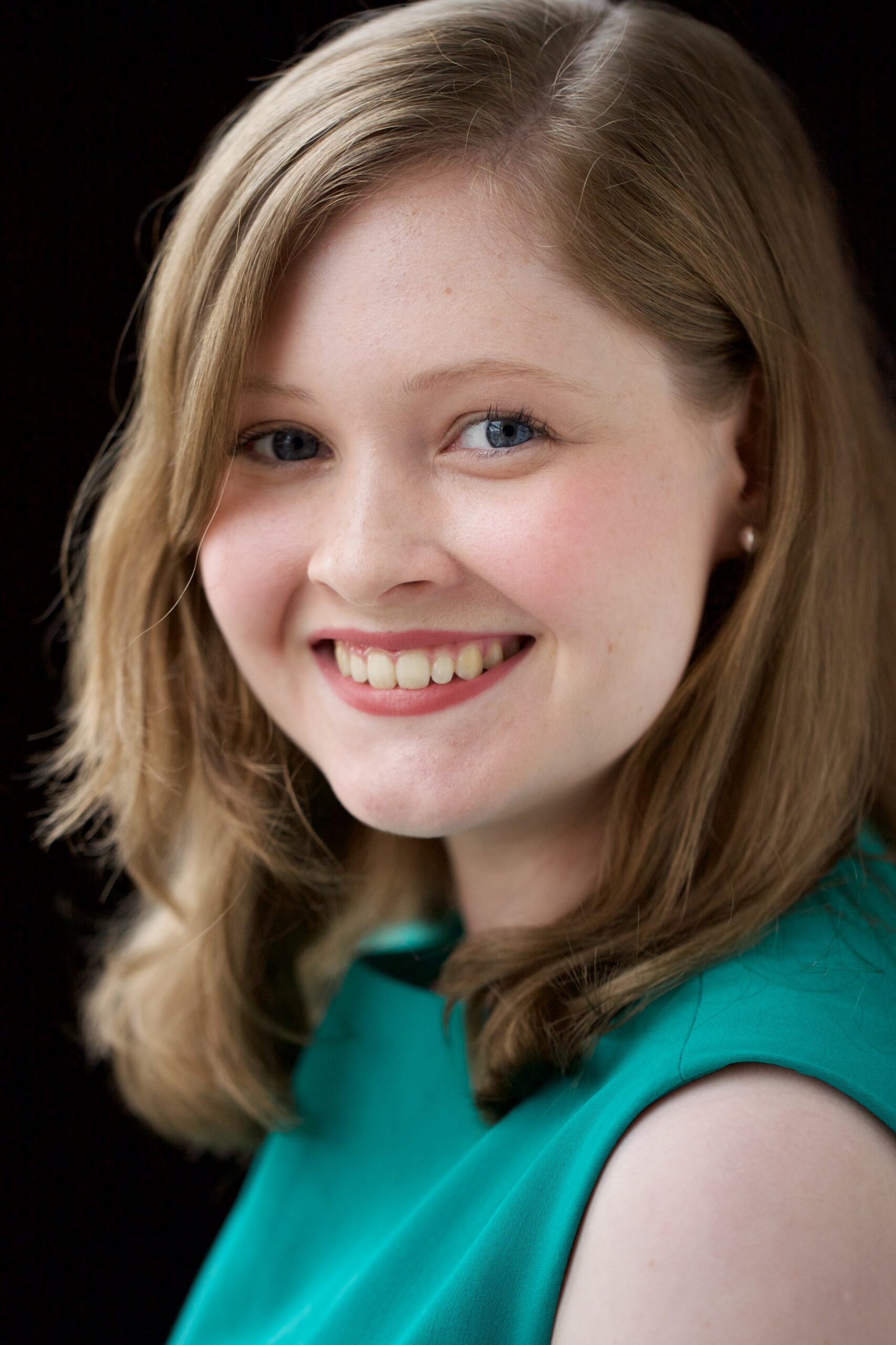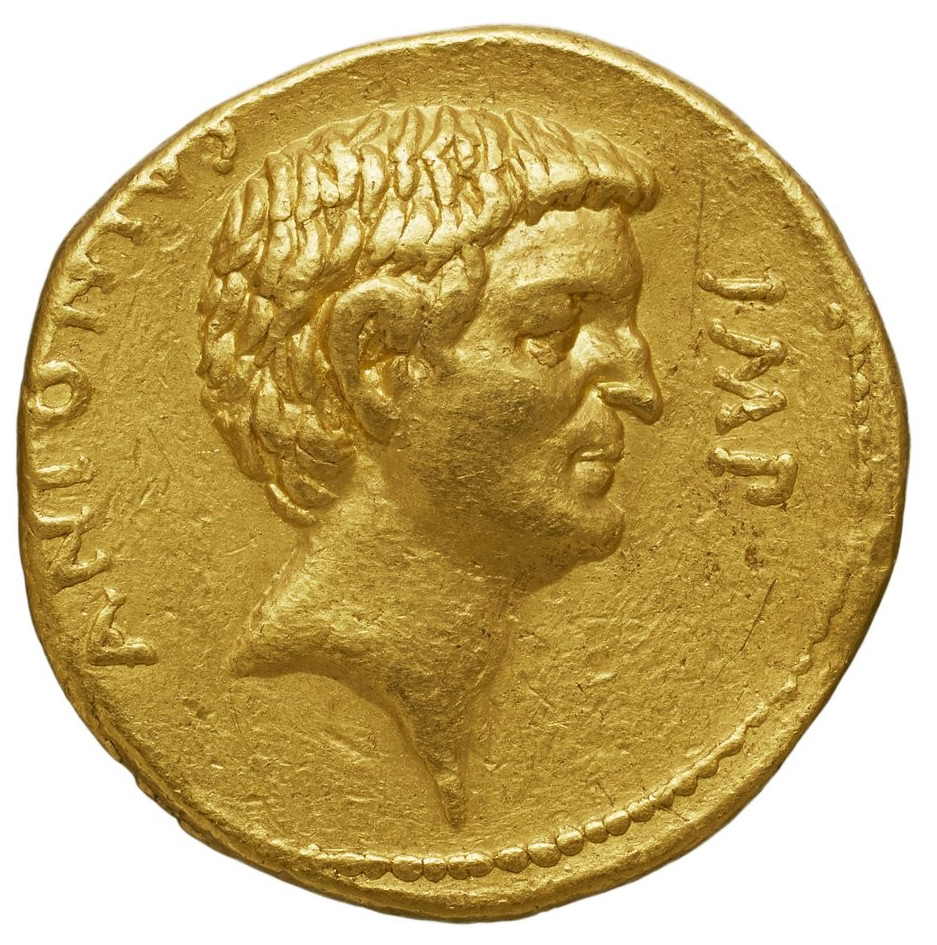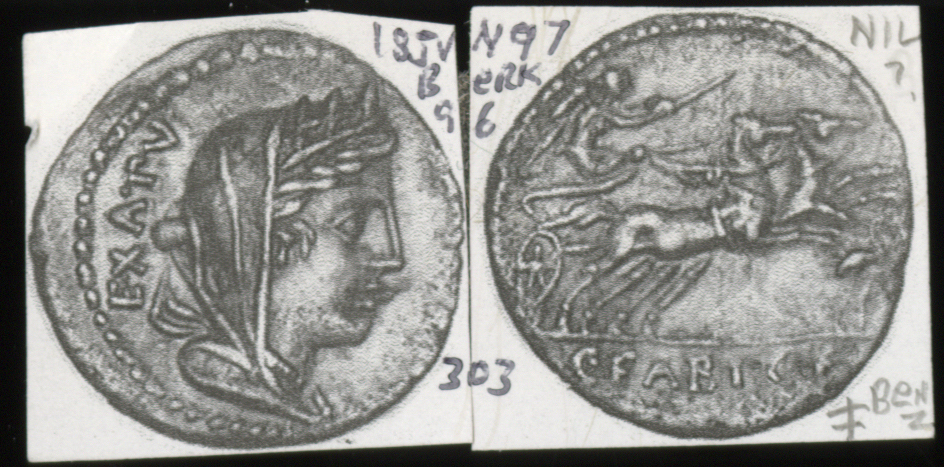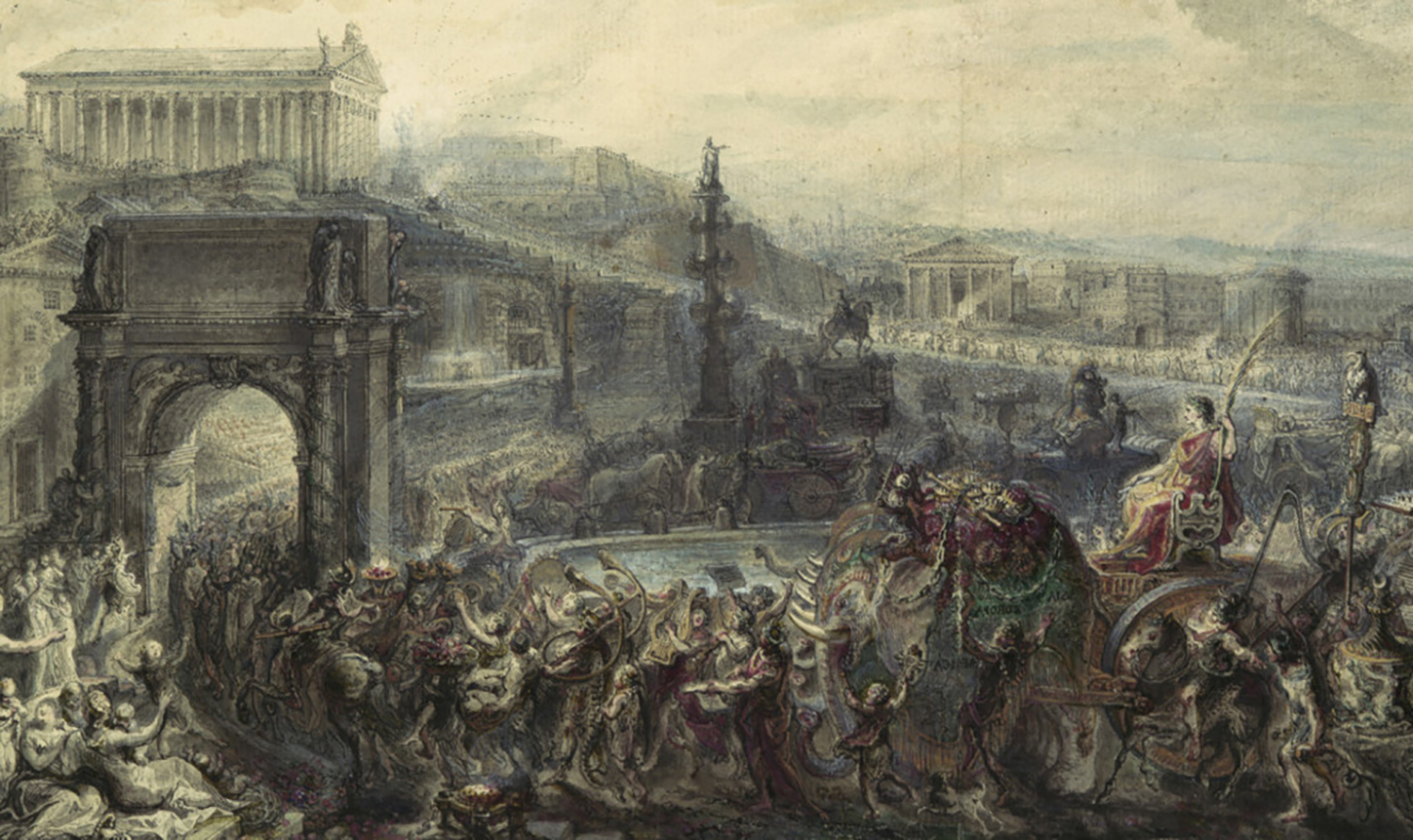The Coin Portrait Types of the Empress Sabina
By Fae Amiro
The empress Sabina is not a figure who is frequently given much attention, due in part to her lack of prominence in the literary record. She was wife of the emperor Hadrian and they are said to have had an unhappy marriage, but not much else is known. Her coinage, however, has received more scholarly attention, because it was issued in larger numbers than that of any previous empress and features a good deal of variety in its portraiture. The question of the true chronology of her coinage has been debated for ninety years. However, few have addressed the reasons behind the changes observable in the coinage, in particular the impetus behind its start date and the introductions of new types.
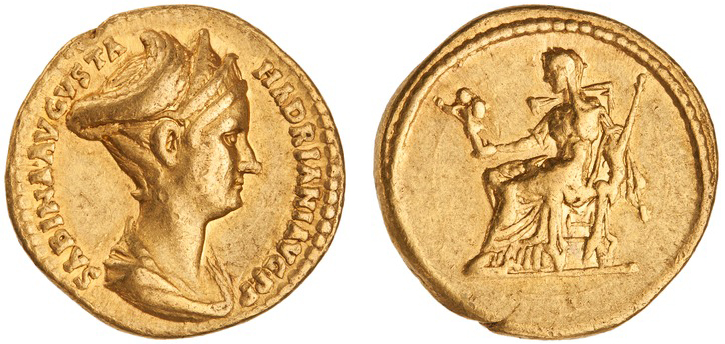
In order to address these problems, I conducted a die study of the aurei which display the portrait of the empress Sabina. This had not previously been done and is the best way to form a relative chronological sequence for coinage. The die-link sequence confirms the following chronology for the portrait types which appear on the aurei. First is a type called the turban, dating to 128 C.E. (Fig. 1). The next type is Sabina’s main portrait type, the queue, which was probably introduced in the year 131 C. E. (Fig. 3). The Aphrodite type comes next, around 133/134, and was in use until her death and shortly thereafter. Following her death in 136/7, she was consecrated as a diva and a posthumous issue was created to commemorate this.
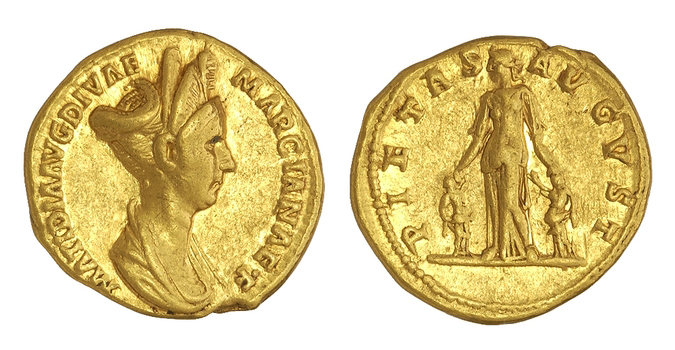
So, this answers the question of the true sequence of the types. The reasons for the creation of the last two types, the Aphrodite and posthumous types, are well understood. The Aphrodite is represented in a classicizing style, which is associated with Hadrian’s return to Rome after his trips in the east. The posthumous type was created to commemorate her consecration.
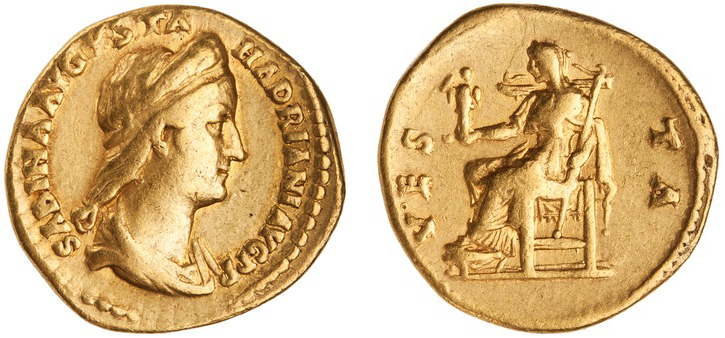
The impetus behind the creation of the other types is harder to address. The motivation behind the start of coining for the empress in 128, eleven years into Hadrian’s reign, is unclear. Previously scholars believed that it was because Sabina gained the title of Augusta in that year, but this has been proven incorrect by Eck and the results of the die study. Most likely a number of factors came together at the right time to inspire this change: the ten year anniversary of a reign was a common time for coinage reform, the imperial couple had just returned from a trip abroad and were about to embark on another one, there were no other Augustae alive at the time, and Sabina’s presence on coinage may have helped advertise the family’s prestige, given her relation to the imperial family of the previous dynasty. This last point is supported by the style of the portrait, which resembles that of her mother, Matidia, who was Trajan’s niece (Fig. 2).
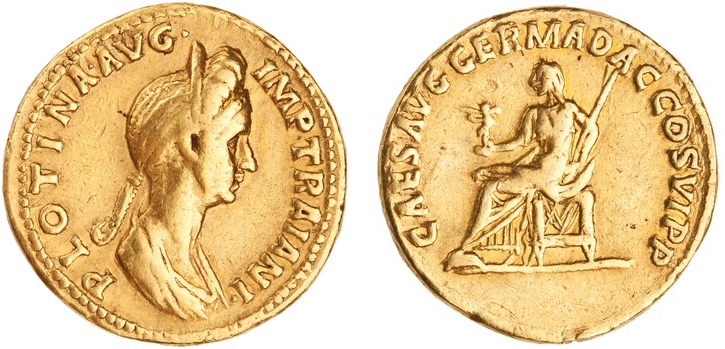
Scholars have previously believed that the queue type was introduced to form a visual connection between Sabina and her predecessor, Plotina. However, there are a number of problems with this assessment. This message would have been redundant, since the turban already showed dynastic continuity, and untimely, since Plotina had died eight years previous. A side by side comparison shows that the very assertion that they look alike has been overstated, especially given the prevalence of ponytail-style hairdos among women at this time (Fig. 4). The motivation for the creation of the type is more likely the opposite, that it actually represents a stylistic departure from the previous dynasty and the introduction of a uniquely Hadrianic style.
More work needs to be done, but the results so far show that Sabina’s life events, particularly in association with Hadrian’s imperial travels, had an effect on the appearance of her coin portraits.
Fae Amiro is a PhD candidate at McMaster University in Hamilton, Ontario. Her research focus is Roman portraiture, and she is currently writing a dissertation on the portraiture of the Imperial house during the reign of the emperor Hadrian, which addresses broader questions of portrait type creation and the dissemination of sculpture throughout the Roman empire. She was a participant in the 2017 Eric P. Newman Graduate Seminar.


